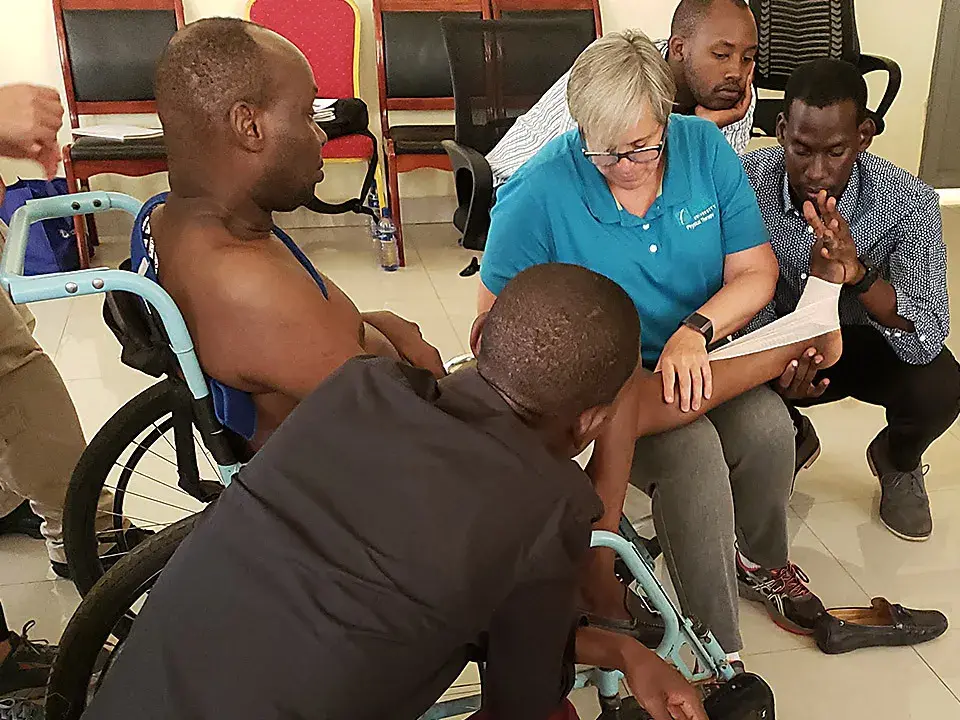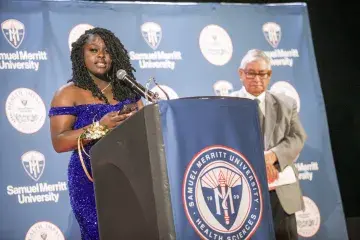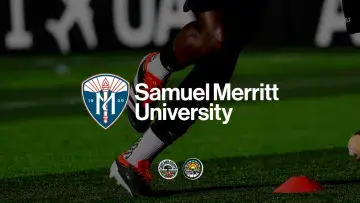SMU Professor Trains Physical Therapists on First-of-Its-Kind Trip to Africa

Doctor of Physical Therapy Professor Sharon Gorman recently returned from a U.S. Department of State-sponsored trip to the small central African nation of Burundi, where she trained physical therapists. Burundi, one of the poorest countries in the world, has a population of more than 11 million with only about 30 physical therapists. Gorman, who has a longtime interest in global health, discusses the first-of-its-kind trip and how she hopes to continue supporting the growth of Burundi’s physical therapists and involve SMU students.
Why did you travel to Burundi?
The U.S. Embassy in Bujumbura had a grant to build the capacity of the country’s physical therapists. Burundi doesn’t have a formal physical therapy program and it’s very expensive and difficult for therapists to get visas to leave the country to get training. In Burundi, as in many developing countries, rehabilitation hasn’t necessarily been on their radar because their primary concern is people with acute trauma or infectious diseases.
What is the need for physical rehabilitation there?
Burundi has a lot of spine problems, joint problems, strokes, people with neurologic deficits — very similar to what we see in our country. Yet, rehabilitation as a distinct area of health care that promotes the idea that health care providers can work with patients after their initial illness to help them more fully recover is somewhat new in Burundi.
What was your teaching experience in Burundi?
A colleague from San Francisco and I taught between 26 and 28 PTs. There are probably not more than 30 in Burundi. Some of them had degrees from other countries, like Egypt and India, and others had been trained on the job so the experience and knowledge levels were quite varied. A lot of them spoke some English and we had translators with medical backgrounds, which was helpful.
We did lectures and labs for six-and-a-half days. We focused on increasing their skills in assessing balance and developing individualized exercise programs to challenge balance in persons with stroke. For people with spinal cord injuries, we spent time on balance recovery in different positions. We also taught some specific treatments, such as proprioceptive neuromuscular facilitation (stretching muscles to maximize their flexibility) and taping techniques, and how to incorporate them into practice.
Through contacts with people at the embassy, we brought in a few people who had strokes and spinal cord injuries to be treated. That way, the therapists were able to practice on each other and then practice with patients. It was helpful for everyone to hear the patients’ perspectives on what it was like to live after a neurologic event in Burundi. Because rehab after a neurologic event is an emerging practice there, it is important for physical therapists to have a good understanding of patients’ everyday lives, to learn what resources are available to them, and to find out how their personal support systems worked.
The last three days, we were able to mentor therapists in a clinic at the hospital. In one case, therapists worked with a spinal cord injury patient on catching and balancing that measurably improved his balance over just three days.
How did this work connect with your teaching, your interest in global health and interprofessional teamwork, and SMU’s mission?
I really saw it as a way to help the people of Burundi by increasing the skills of its physical therapists and their ability to network with each other. We are hoping to get another grant or find a way to partner with the embassy to get the therapists better internet access so that we can do some tele-consulting, something to keep them growing as PTs and to try to create a rehab culture in a country that doesn’t have a lot of experience with it. I think it would be great to get our SMU students involved with the tele-rehab as well.


